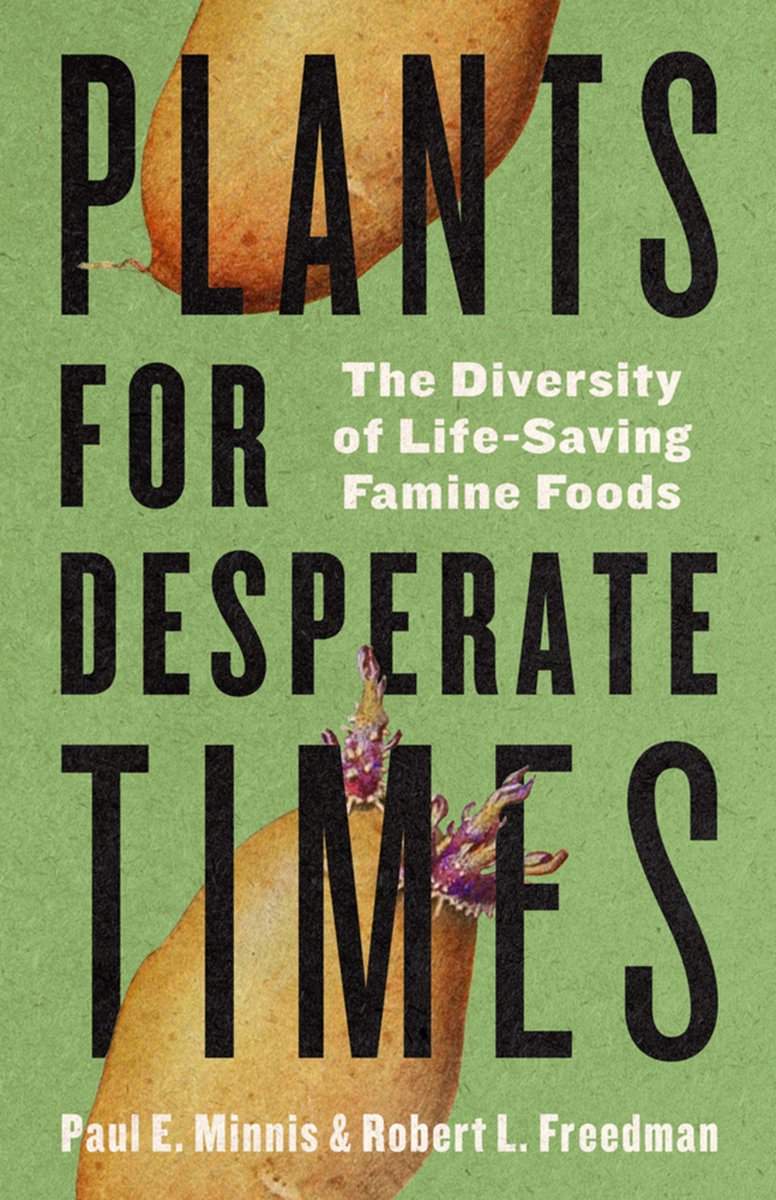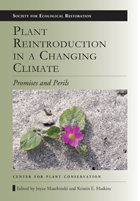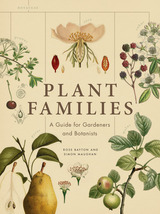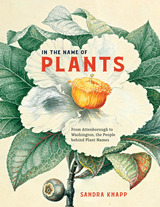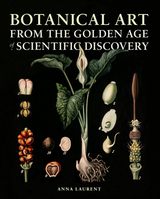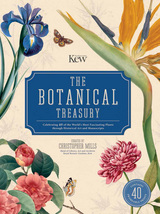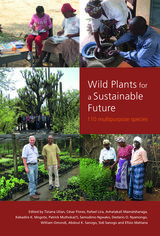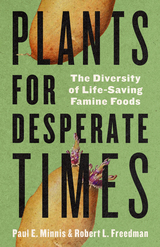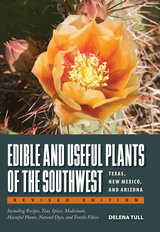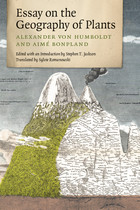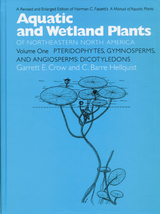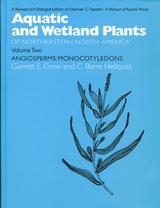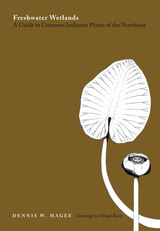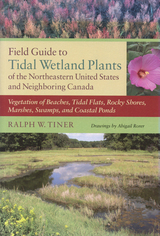Plants for Desperate Times: The Diversity of Life-Saving Famine Foods
University of Arizona Press, 2024
eISBN: 978-0-8165-5377-8 | Paper: 978-0-8165-5375-4 | Cloth: 978-0-8165-5376-1
Library of Congress Classification QK98.5.A1.M56 2024
See other books on: Diversity | Famines | Minnis, Paul E. | Plants, Edible | Survival and emergency rations
See other titles from University of Arizona Press
eISBN: 978-0-8165-5377-8 | Paper: 978-0-8165-5375-4 | Cloth: 978-0-8165-5376-1
Library of Congress Classification QK98.5.A1.M56 2024
ABOUT THIS BOOK | AUTHOR BIOGRAPHY | REVIEWS
ABOUT THIS BOOK
Famines and other serious food shortages have been one of the scourges faced by humanity for millennia.
Plants for Desperate Times is an introduction to the diversity of plant foods that have saved millions of lives during lethal food shortages. While not a field guide, it addresses questions about what famine foods are and why they are important. The work highlights one hundred plants. Each entry includes the common and scientific names, botanical family, distribution, use as a famine food and other uses, and nutritional information. The species come from across the botanical kingdom, demonstrating the diversity of life-saving plants and the human ingenuity of making what might seem to be inedible plants edible. Unexpectedly, important famine foods include alternative uses of important crops as well as native plants.
Beyond a study of famine foods, the authors share why keeping an inventory of plant foods of last resort is so important. They help to build an understanding of little-known and underappreciated foods that may have a greater role in provisioning humanity in the future. As much as we may hope that severe food scarcity will never occur again, history suggests otherwise, and Plants for Desperate Times provides invaluable documentation of these vital foods.
Plants for Desperate Times is an introduction to the diversity of plant foods that have saved millions of lives during lethal food shortages. While not a field guide, it addresses questions about what famine foods are and why they are important. The work highlights one hundred plants. Each entry includes the common and scientific names, botanical family, distribution, use as a famine food and other uses, and nutritional information. The species come from across the botanical kingdom, demonstrating the diversity of life-saving plants and the human ingenuity of making what might seem to be inedible plants edible. Unexpectedly, important famine foods include alternative uses of important crops as well as native plants.
Beyond a study of famine foods, the authors share why keeping an inventory of plant foods of last resort is so important. They help to build an understanding of little-known and underappreciated foods that may have a greater role in provisioning humanity in the future. As much as we may hope that severe food scarcity will never occur again, history suggests otherwise, and Plants for Desperate Times provides invaluable documentation of these vital foods.
See other books on: Diversity | Famines | Minnis, Paul E. | Plants, Edible | Survival and emergency rations
See other titles from University of Arizona Press
